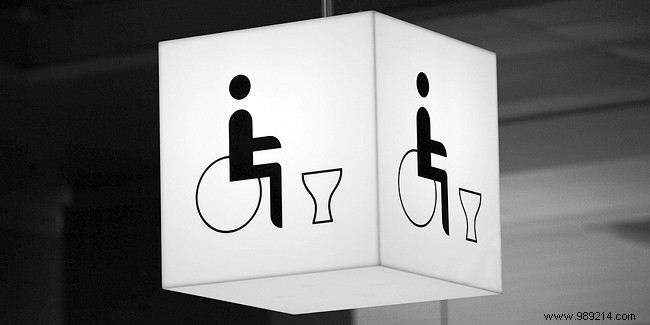
Incontinence, and in particular urinary incontinence, is very common in the population. The number of people concerned is estimated at three million according to the National Information Portal for the autonomy of the elderly and the support of their loved ones.
A third of people affected by this problem are over 70, mostly women, although men are not spared from incontinence either. These urinary leaks are the source of discomfort for many seniors and have consequences on their quality of life, but few people dare to talk about it. However, in addition to the recommendations to limit the symptoms of incontinence, there are practical solutions for protection, and easy to use, to live as best as possible with this health problem. Overview of possible solutions
Whatever the level of incontinence from which the senior suffers, the protections are chosen according to the frequency, volume and origin of the urinary leakage. However, for light to moderate incontinence, specific protections exist:
These types of protection are aimed at both men and women. They resemble in their use the feminine periodic protections but much more absorbent. These protections attach directly to the underwear with an adhesive. For men, this anatomical protection takes the form of a shell with some manufacturers, better suited to the male body.
Absorbent briefs are disposable underwear. They are very easy to use since they slip on like any other brief. These protections against incontinence have the advantage of facilitating the change, whether the senior is at home or outside.
The types of protection for light incontinence can of course be used when the incontinence is more pronounced, provided that their absorbency is much greater. However, other kinds of protection are better suited:
These pads are best suited for heavy and severe incontinence. They are particularly suitable for bedridden seniors. The size and thickness of the complete diapers allow maximum absorption of urinary leakage, ensure comfort and relative discretion. They are available on the market with or without a belt, which allows them to be better held in place.
An in-depth study on the qualities and performance of different varieties of incontinence protection was recently carried out by the National Consumer Institute and published on the 60 million consumer site. If it emerged from this test that most of the protections fulfilled their role of efficiency and comfort, the same is not true for their performance during the night. This is particularly the case for complete diapers used in cases of heavy incontinence in particular. Some of these protectors do not protect enough against humidity for long periods such as overnight and tend to move during sleep.
To remedy urinary leakage and the discomfort caused at night, manufacturers offer a sleepsuit on the market, to be put on like pajamas or a nightgown, which helps to keep protections against incontinence in place. Different models of onesies are available:for people who, for example, move a lot at night or for seniors suffering from degenerative diseases such as Alzheimer's disease. For the latter, the sleepsuit has a zipper from the upper back to the middle of the stomach, which the sick person cannot unfasten alone.
To know: protections against urinary incontinence are not covered by Social Security. However, people affected by this problem and recipients of certain benefits such as the personalized allowance for autonomy (APA), the disability compensation benefit (PCH) or interventions from the health insurance fund (CPAM), can claim full or partial coverage of the costs incurred by the purchase of these protections.